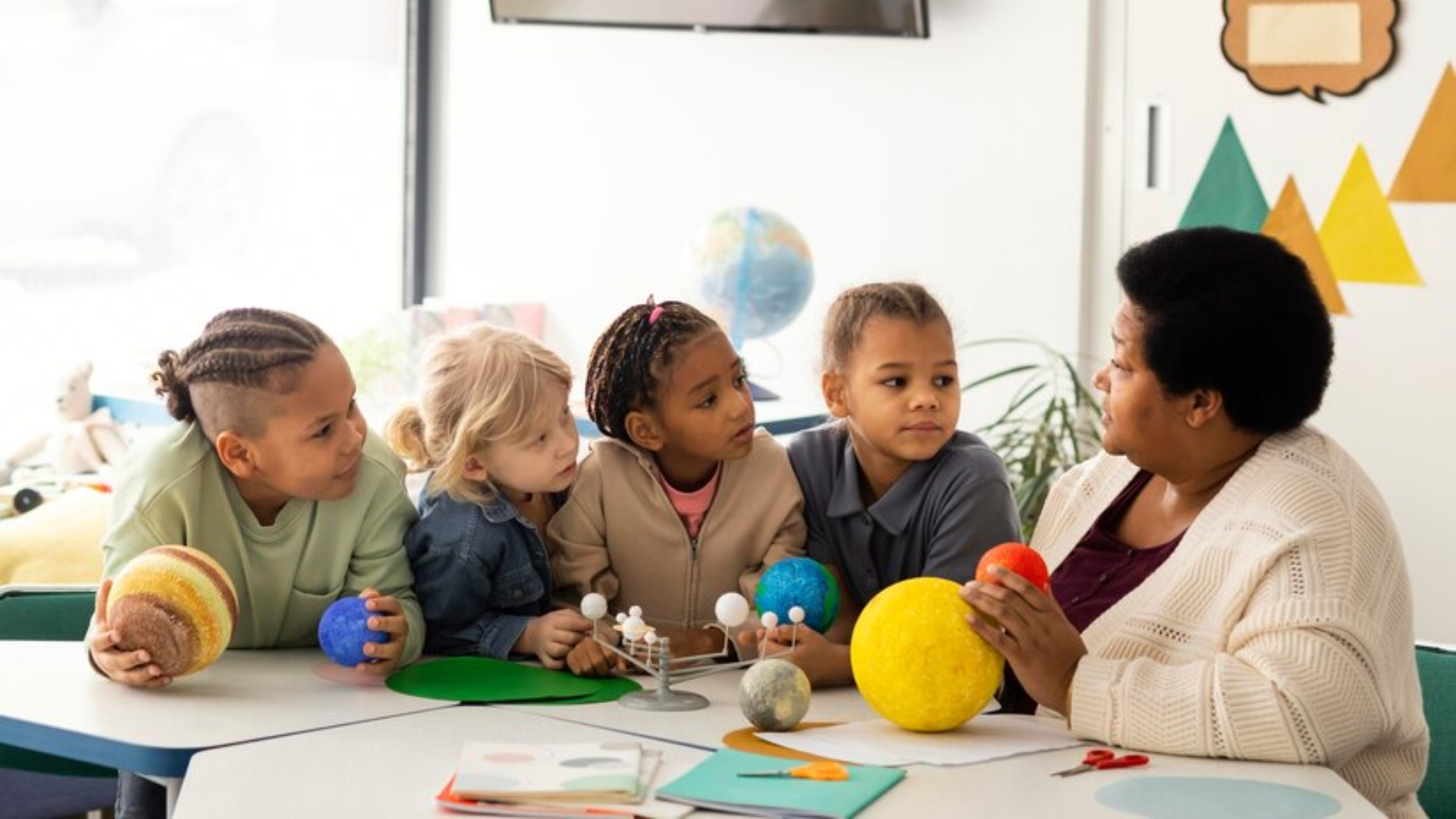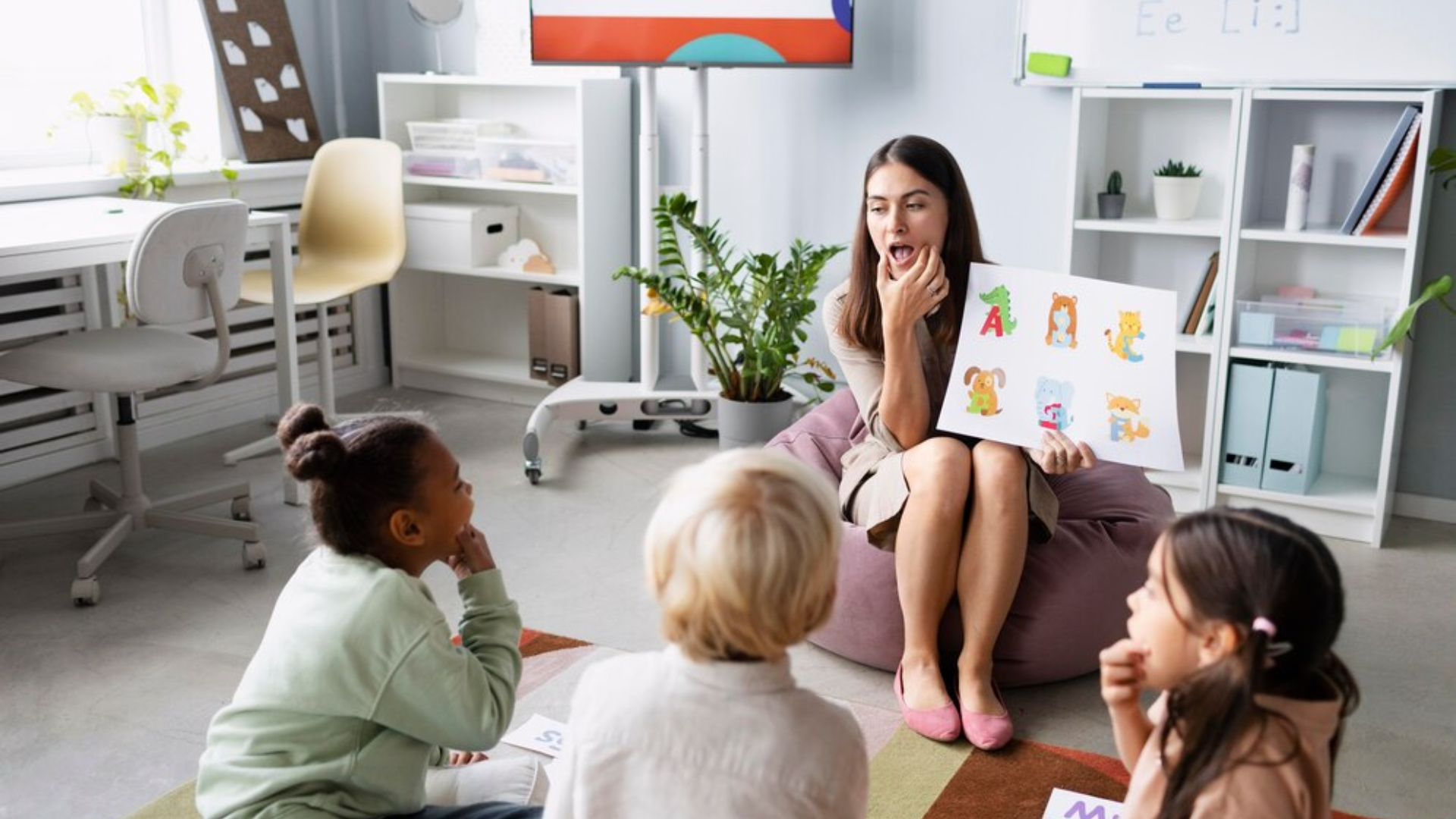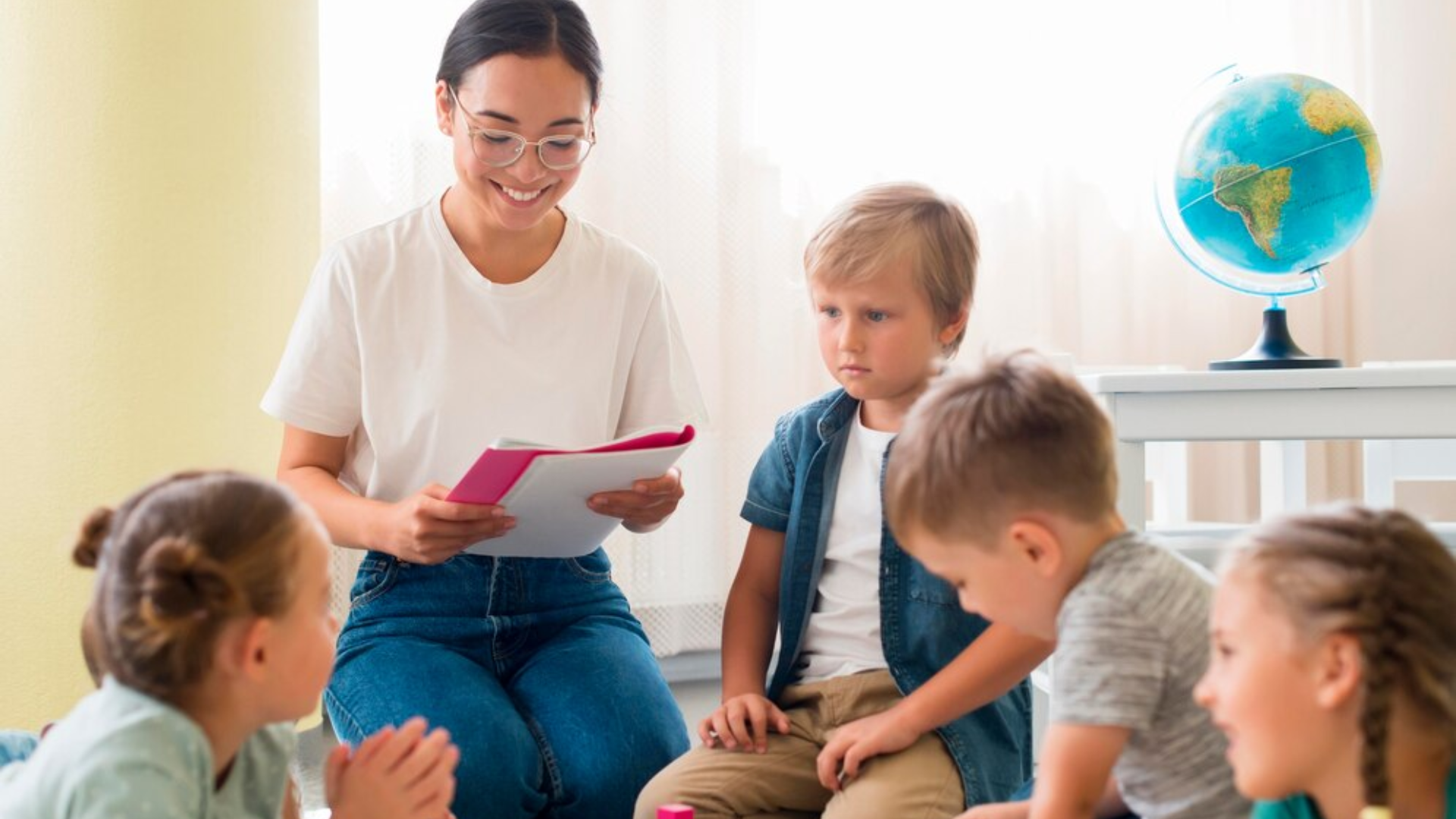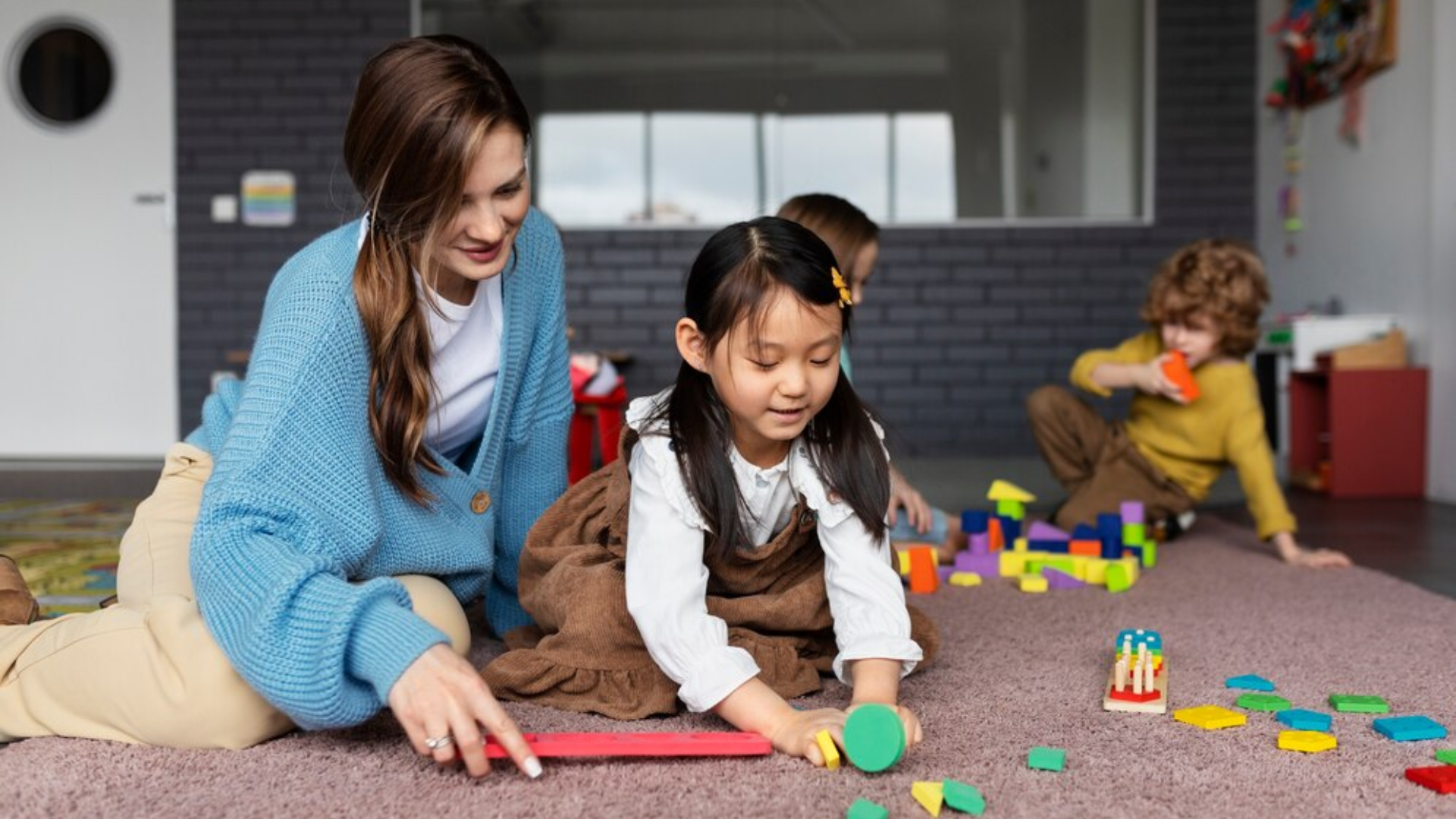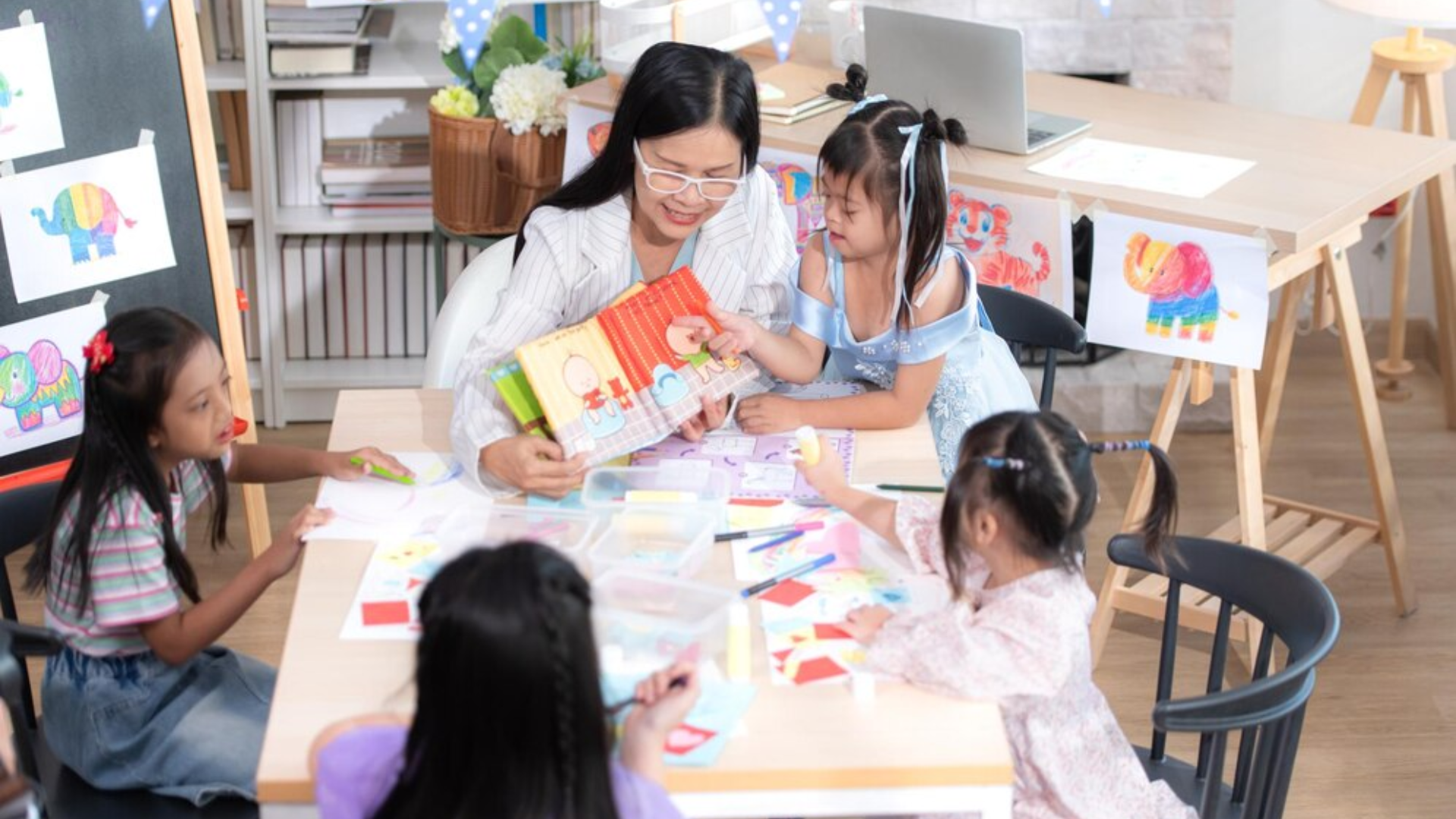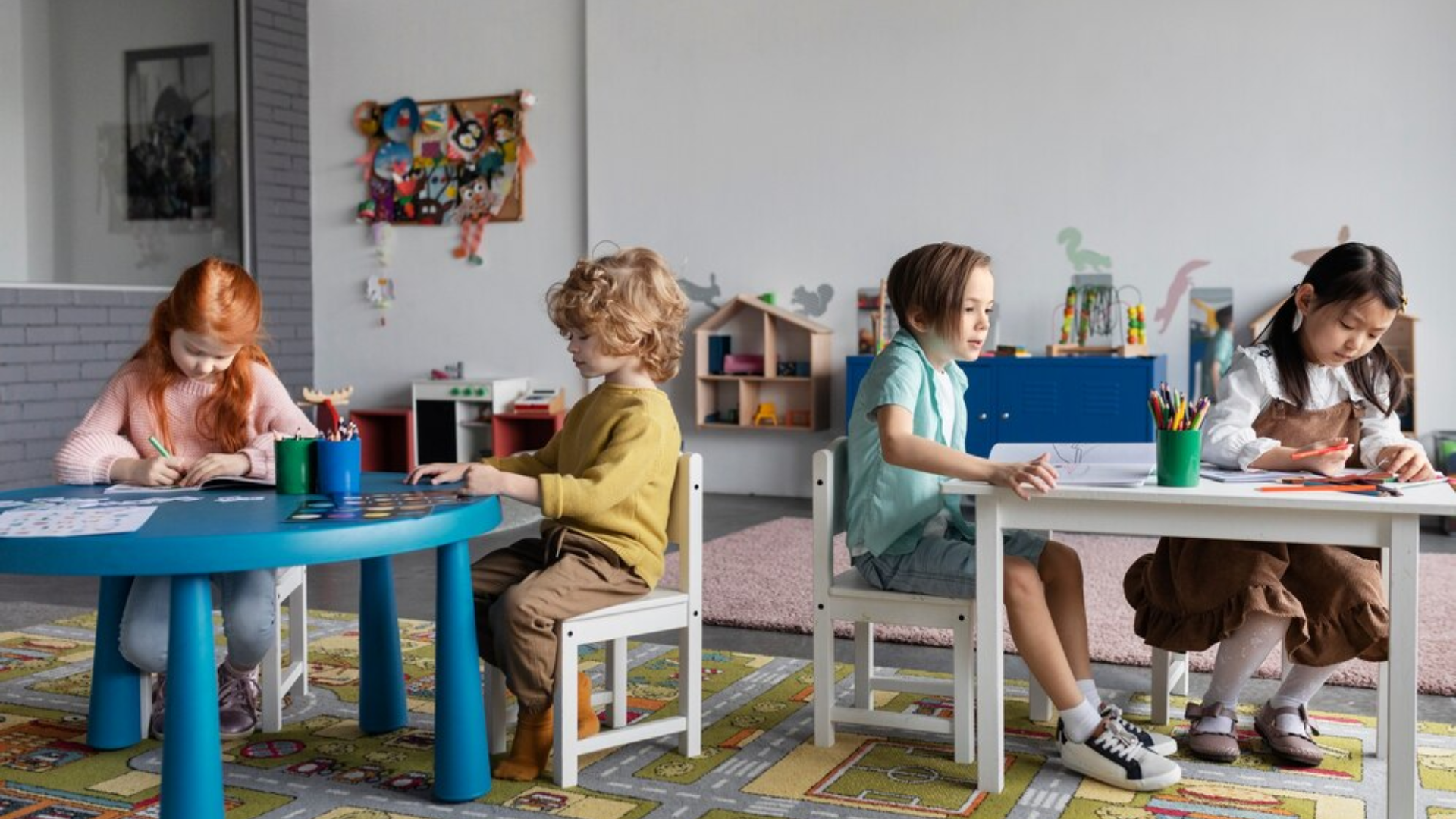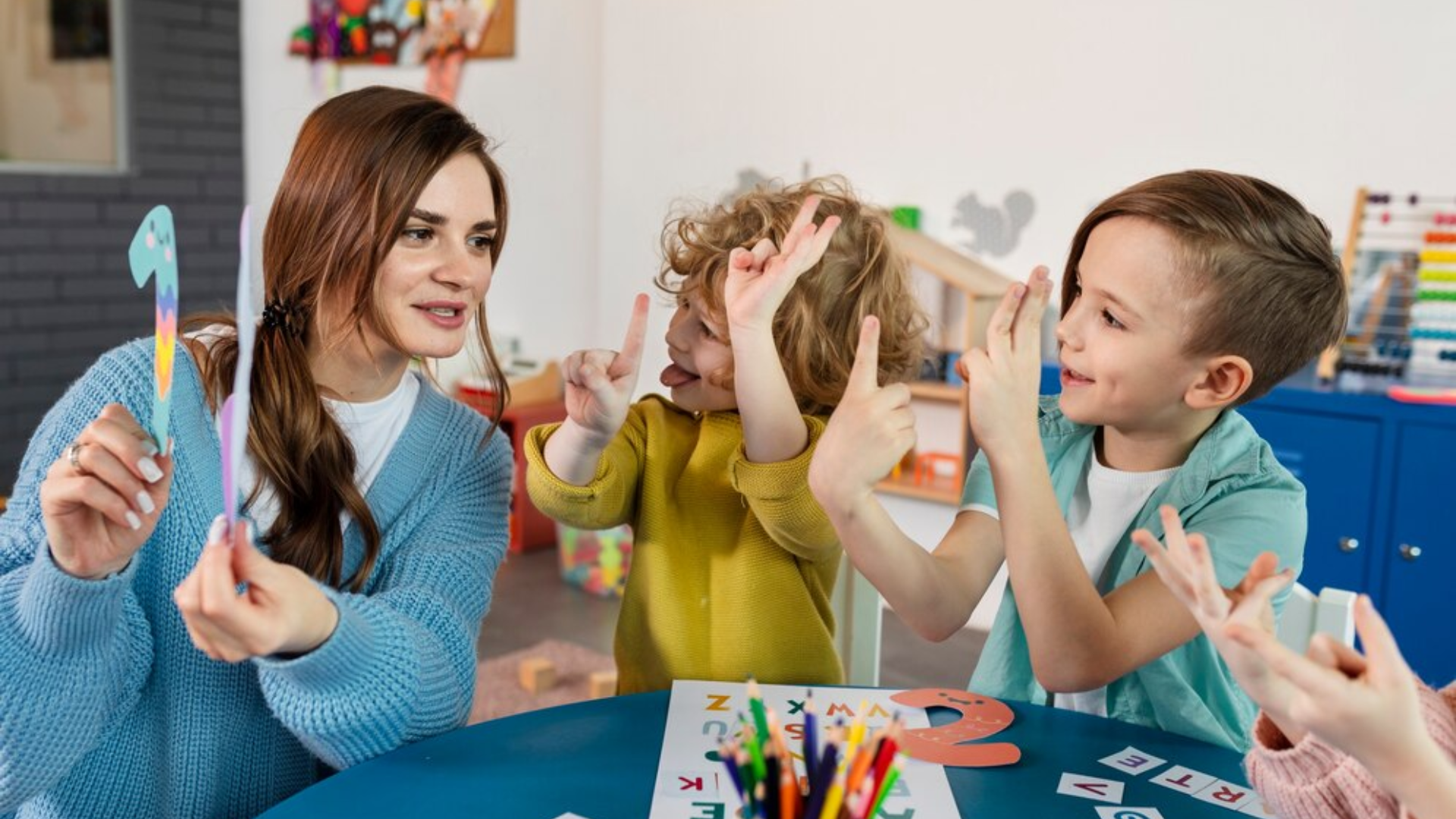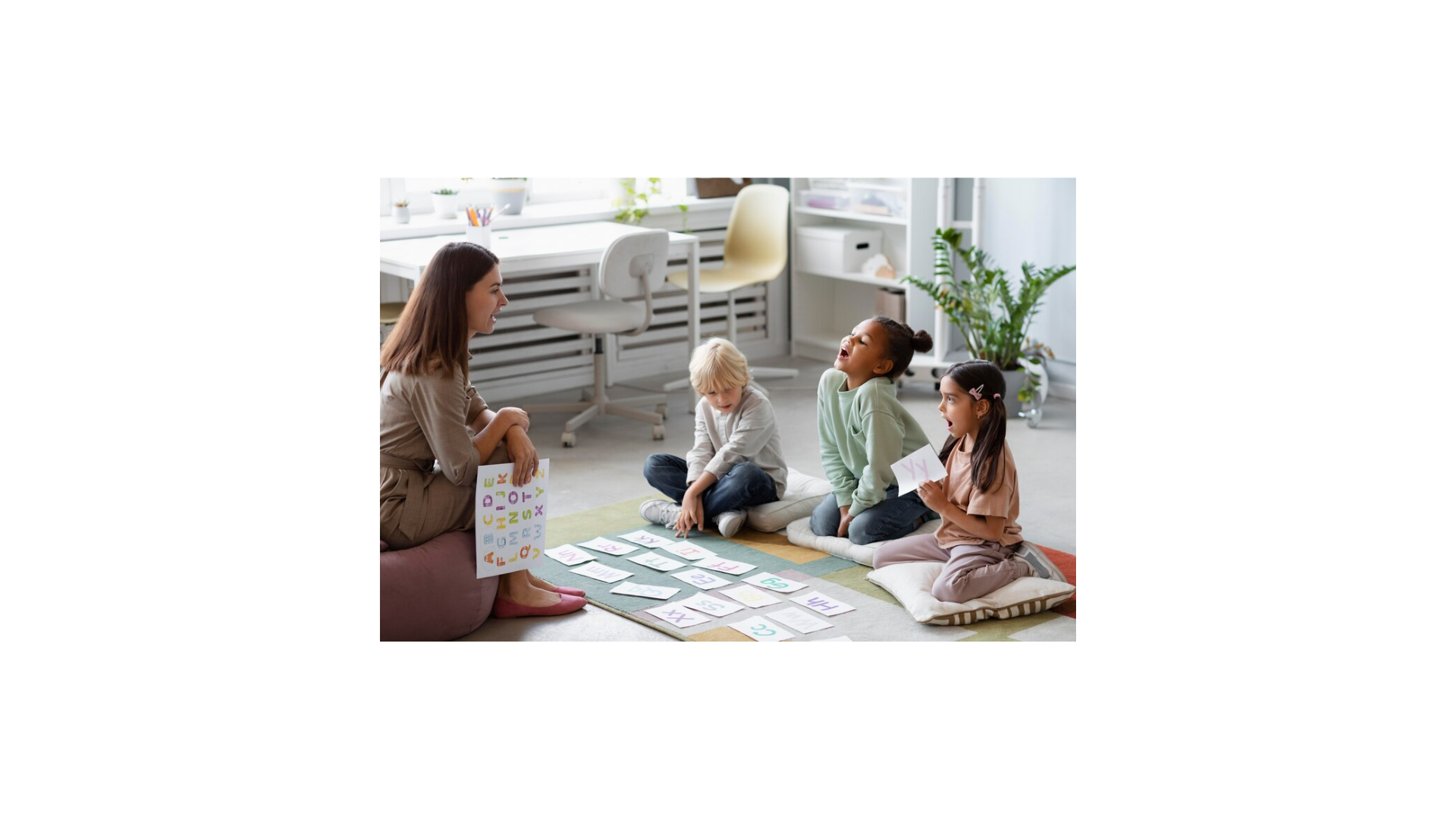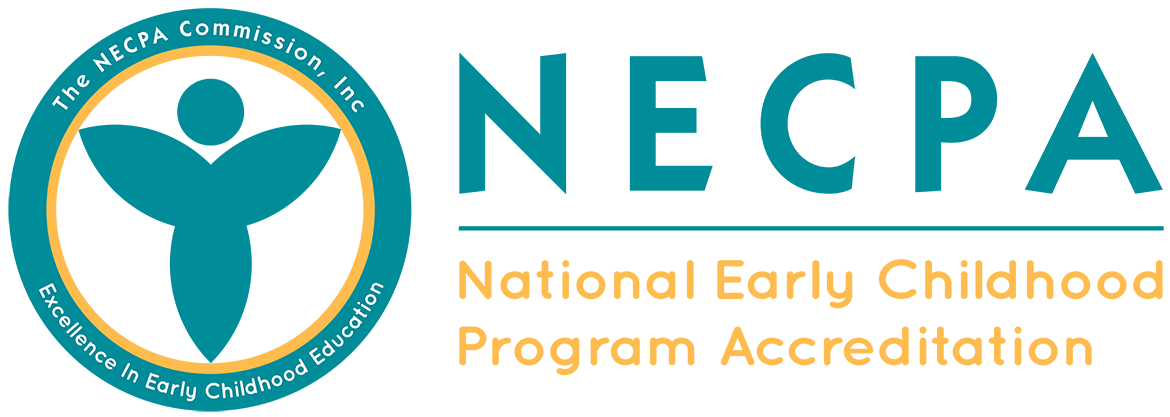How Our Hands-On Learning Approach Helps Kids Thrive
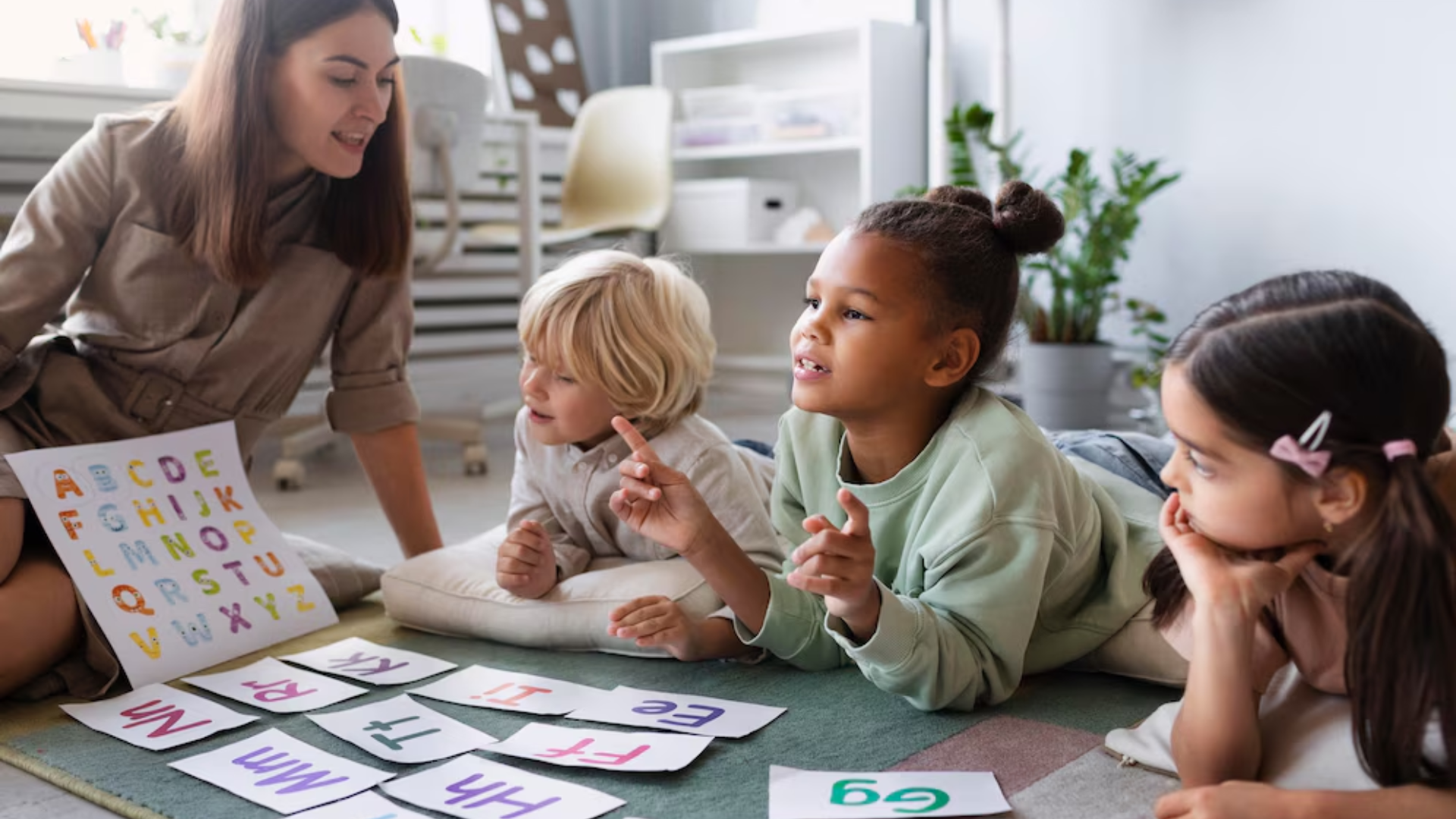
At The Learning Tree of Palm Bay, we believe that the best way for young children to learn is by doing. A hands-on approach to learning fosters engagement, deepens understanding, and encourages creativity. Preschool-aged children are naturally curious and thrive when they are encouraged to explore, experiment, and interact with their environment. Our hands-on learning approach ensures that children are not just passive recipients of information; instead, they actively participate in the learning process, making connections that last a lifetime.
In this blog post, we’ll explore the many benefits of our hands-on learning approach and how it supports children’s cognitive, social, emotional, and physical development.
1. Fostering Active Engagement with the World Around Them
Young children learn best when they are actively involved in the learning process. Rather than sitting passively and listening to a teacher, hands-on learning allows children to explore concepts through direct experience. At The Learning Tree, we incorporate activities that encourage children to interact with materials, objects, and ideas in a way that is meaningful and enjoyable.
Whether it’s building structures with blocks, planting seeds in the garden, or mixing colors with paint, hands-on activities allow children to engage with the world around them and apply what they are learning. These types of experiences encourage curiosity and help children make connections between abstract concepts and the real world.
Hands-on learning also fosters a sense of autonomy and ownership over one’s learning. When children can experiment and discover things for themselves, they develop confidence in their ability to solve problems and make decisions. This active engagement is not just about learning specific facts or skills; it’s about developing a mindset that values exploration, discovery, and critical thinking.
2. Encouraging Critical Thinking and Problem-Solving Skills
Hands-on learning allows children to engage in activities that require them to think critically and solve problems. For example, when children work together to build a tower with blocks or navigate an obstacle course, they must plan, experiment, and adjust their approach as they go. This process of trial and error helps children develop essential problem-solving skills that they will use throughout their lives.
At The Learning Tree, we create opportunities for children to tackle challenges that require them to think critically. These challenges encourage children to ask questions, test their ideas, and evaluate the results. For instance, when children experiment with different materials in a science activity, they learn about cause and effect, making predictions, and drawing conclusions. These skills are essential not only for academic success but also for navigating life’s challenges.
Problem-solving is a skill that children will use in virtually every area of their lives. Whether they are figuring out how to resolve a disagreement with a friend or working through a complex math problem, the ability to think critically and solve problems is vital for success. Our hands-on learning approach ensures that children have plenty of opportunities to practice and refine these skills in a safe and supportive environment.
3. Promoting Social Interaction and Collaboration
Hands-on learning activities also provide opportunities for children to develop their social skills. Many of our activities encourage collaboration, allowing children to work together in pairs or small groups. Whether they are building a fort with blocks, creating a group art project, or playing a cooperative game, children learn how to communicate effectively, share ideas, and resolve conflicts with their peers.
Collaborative activities also teach important life skills such as teamwork, empathy, and negotiation. Through group play and cooperative tasks, children learn to respect others’ ideas, take turns, and appreciate different perspectives. These social skills are not only crucial for success in preschool but also for forming healthy relationships throughout life.
At The Learning Tree, we believe that learning is a social experience. Our hands-on approach encourages positive social interactions, and our educators are always on hand to guide and support children as they work together. By fostering an environment of cooperation and mutual respect, we help children build strong interpersonal skills that will serve them well in both academic and social settings.
4. Enhancing Fine and Gross Motor Skills
In addition to cognitive and social development, hands-on learning is also crucial for physical development. Activities that involve manipulating objects, such as drawing, building with blocks, or playing with playdough, help children develop fine motor skills, which are important for tasks like writing, buttoning shirts, and tying shoes. Similarly, activities that involve running, jumping, and balancing promote gross motor skills, which are essential for overall physical health and coordination.
At The Learning Tree, we incorporate a wide range of hands-on activities that promote physical development. From sensory play to outdoor games, children are given plenty of opportunities to build their motor skills in a fun and engaging way. For example, activities such as tossing bean bags, building obstacle courses, or navigating balance beams help children develop hand-eye coordination, strength, and spatial awareness. These skills not only contribute to a child’s physical well-being but also play a role in cognitive and emotional development, as they help children feel more confident in their physical abilities.
5. Encouraging Creativity and Imagination
One of the most exciting benefits of hands-on learning is the opportunity it provides for creativity and imagination. When children are given the freedom to explore materials and ideas in an unstructured way, they can express themselves in unique and innovative ways. Whether they are painting a picture, constructing a model, or pretending to be a character in a story, hands-on learning activities stimulate the imagination and encourage children to think outside the box.
At The Learning Tree, we value creativity and provide children with a wide range of materials and activities that encourage self-expression. Art projects, dramatic play, and free-building activities allow children to tap into their creativity, explore different forms of expression, and develop a sense of pride in their work. Creativity is a powerful tool for learning, as it allows children to explore new ideas, experiment with different approaches, and see the world from multiple perspectives.
Through hands-on activities, children also learn that there is no single right way to do things. By exploring different possibilities and expressing themselves in various ways, children develop a growth mindset and a willingness to embrace challenges and take risks. These creative experiences lay the foundation for innovative thinking and problem-solving later in life.
6. Making Learning Fun and Memorable
Perhaps one of the most important benefits of our hands-on learning approach is that it makes learning fun and memorable. Children are more likely to retain information and skills when they have meaningful, interactive experiences that engage all their senses. When learning is enjoyable and engaging, children are more likely to stay motivated, eager to learn, and excited about new experiences.
At The Learning Tree, we strive to make every lesson enjoyable by incorporating hands-on, interactive activities that capture children’s imaginations. Whether it’s a nature walk to explore the outdoors, a cooking project to learn about measurement, or a science experiment to understand cause and effect, our hands-on learning activities are designed to make learning an adventure. By creating memorable experiences, we help children develop a love of learning that will last a lifetime.
At The Learning Tree of Palm Bay, our
hands-on learning approach reinforces the principles highlighted in
Why a Nurturing Preschool Environment is Key to Early Development by fostering a supportive atmosphere where children feel safe to explore, create, and engage in meaningful learning experiences. Additionally, the benefits of active, experiential learning align with the developmental advantages outlined in
5 Ways Early Childhood Education Shapes a Child’s Future, emphasizing how early education builds critical thinking, social skills, and a lifelong love for learning. By integrating hands-on activities into our curriculum, we ensure that children develop not only academically but also emotionally and socially, setting them up for long-term success.
Conclusion: How Hands-On Learning Helps Kids Thrive
At The Learning Tree of Palm Bay, we believe that hands-on learning is essential for helping children thrive. Through active engagement, critical thinking, social interaction, physical development, creativity, and fun, hands-on learning nurtures every aspect of a child’s growth. By giving children the opportunity to explore, experiment, and discover the world around them, we help them develop the skills, confidence, and mindset they need to succeed in school and life.
Our hands-on learning approach ensures that children not only absorb knowledge but also develop a deep understanding of the concepts they encounter. More importantly, it fosters a lifelong love of learning, creativity, and exploration. We are committed to providing children with the tools they need to thrive in a supportive, engaging, and hands-on environment.
When children are given the opportunity to learn by doing, they develop the skills, curiosity, and resilience that will serve them well throughout their academic journey and beyond. At The Learning Tree, we are proud to be part of that journey, helping children build a solid foundation for their future success.
